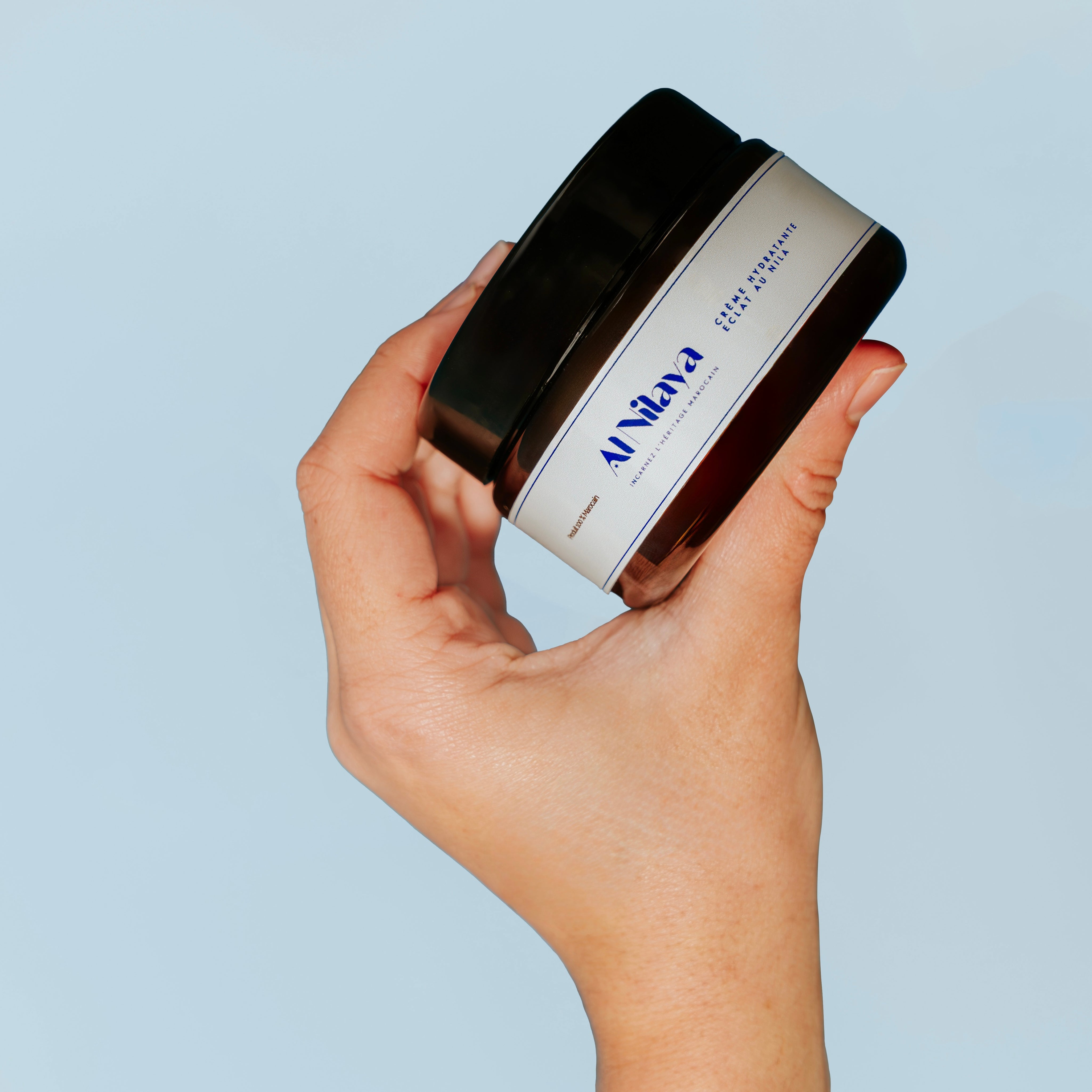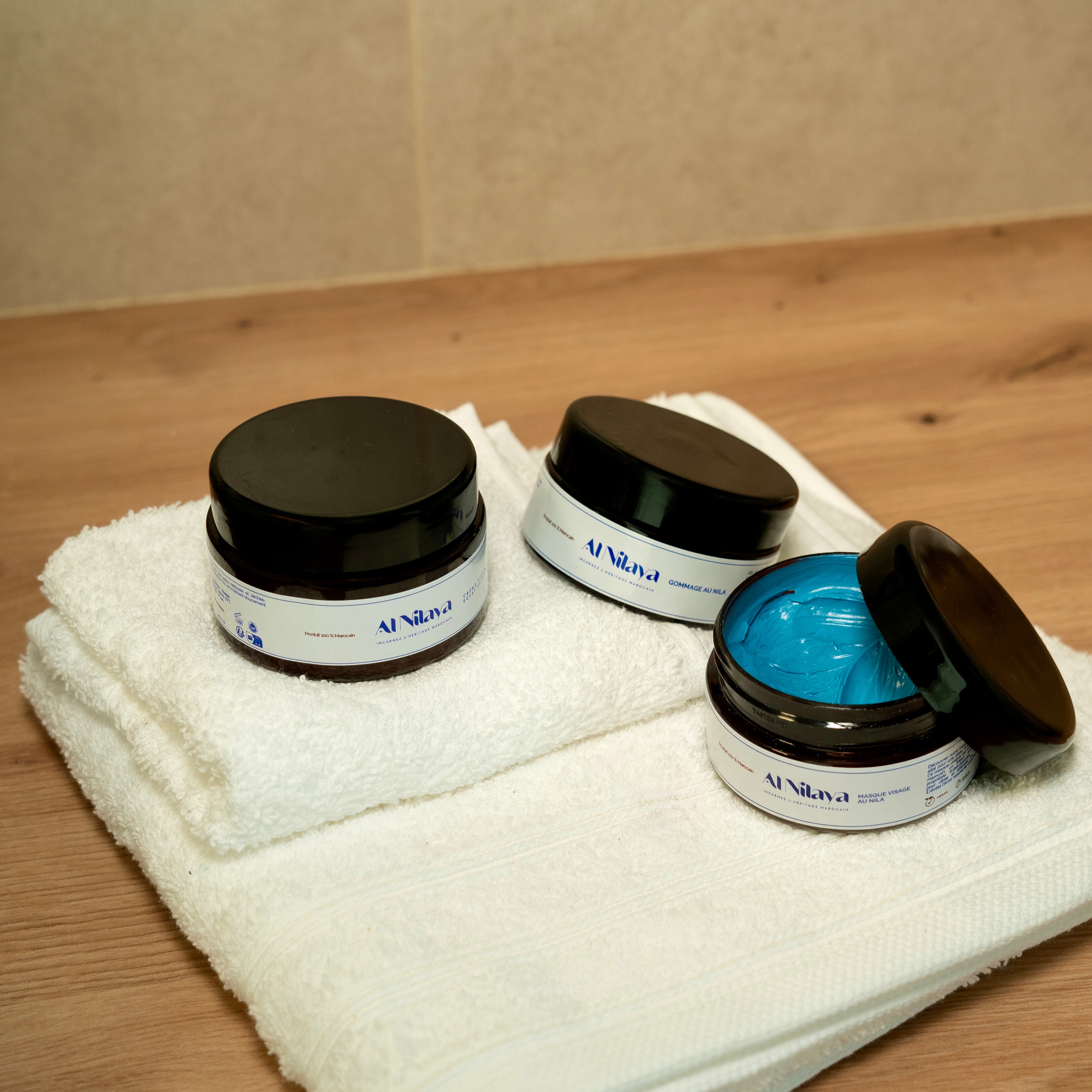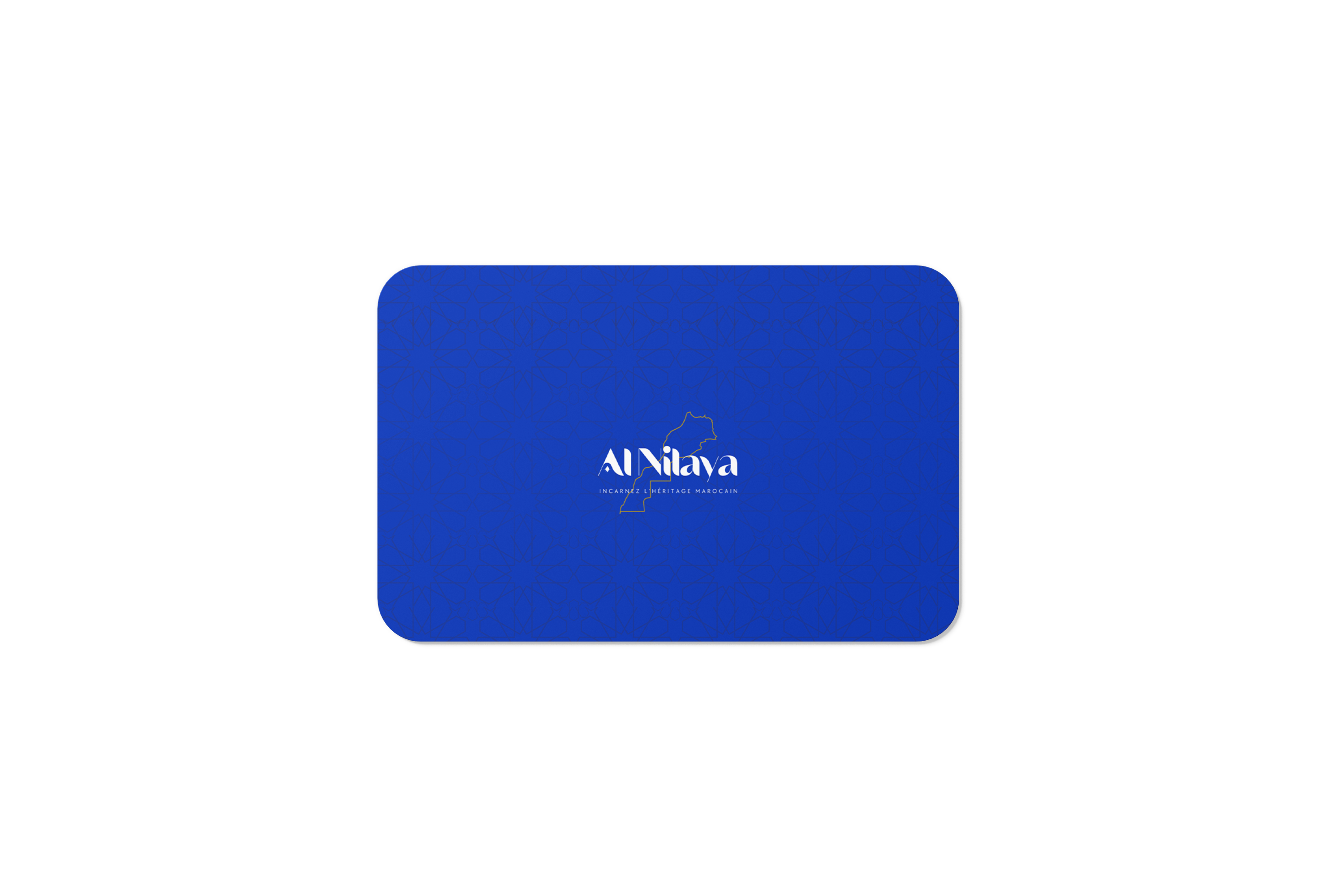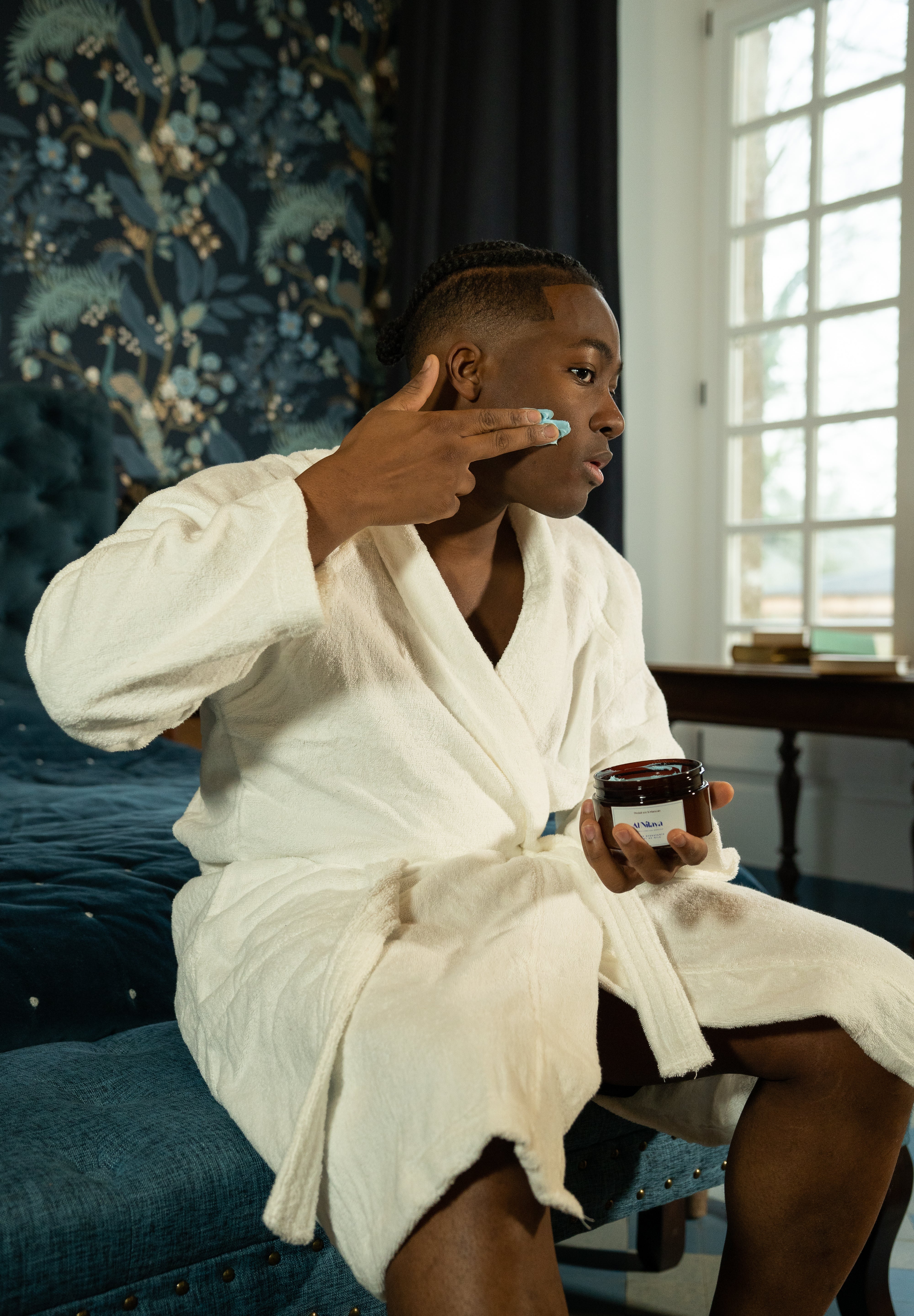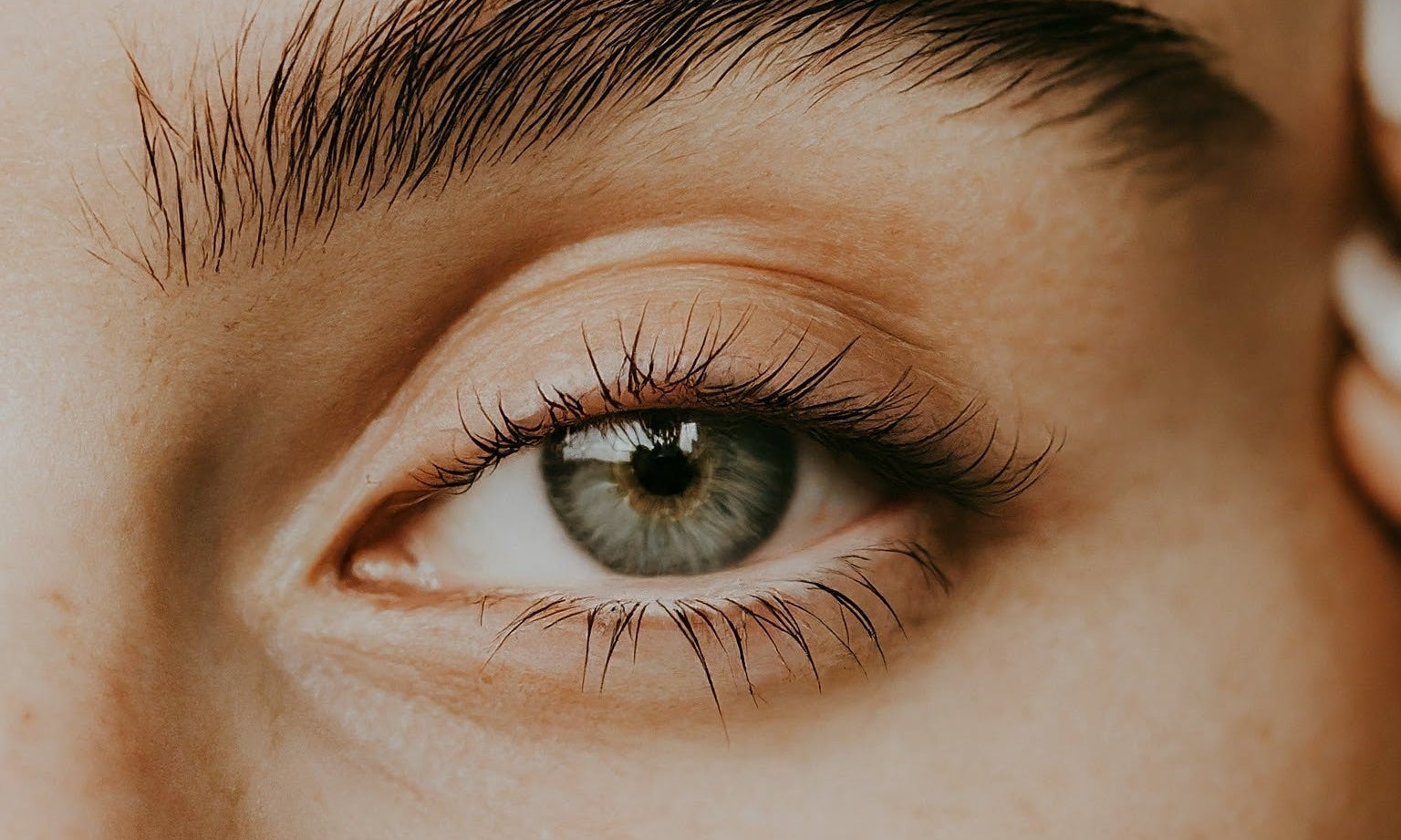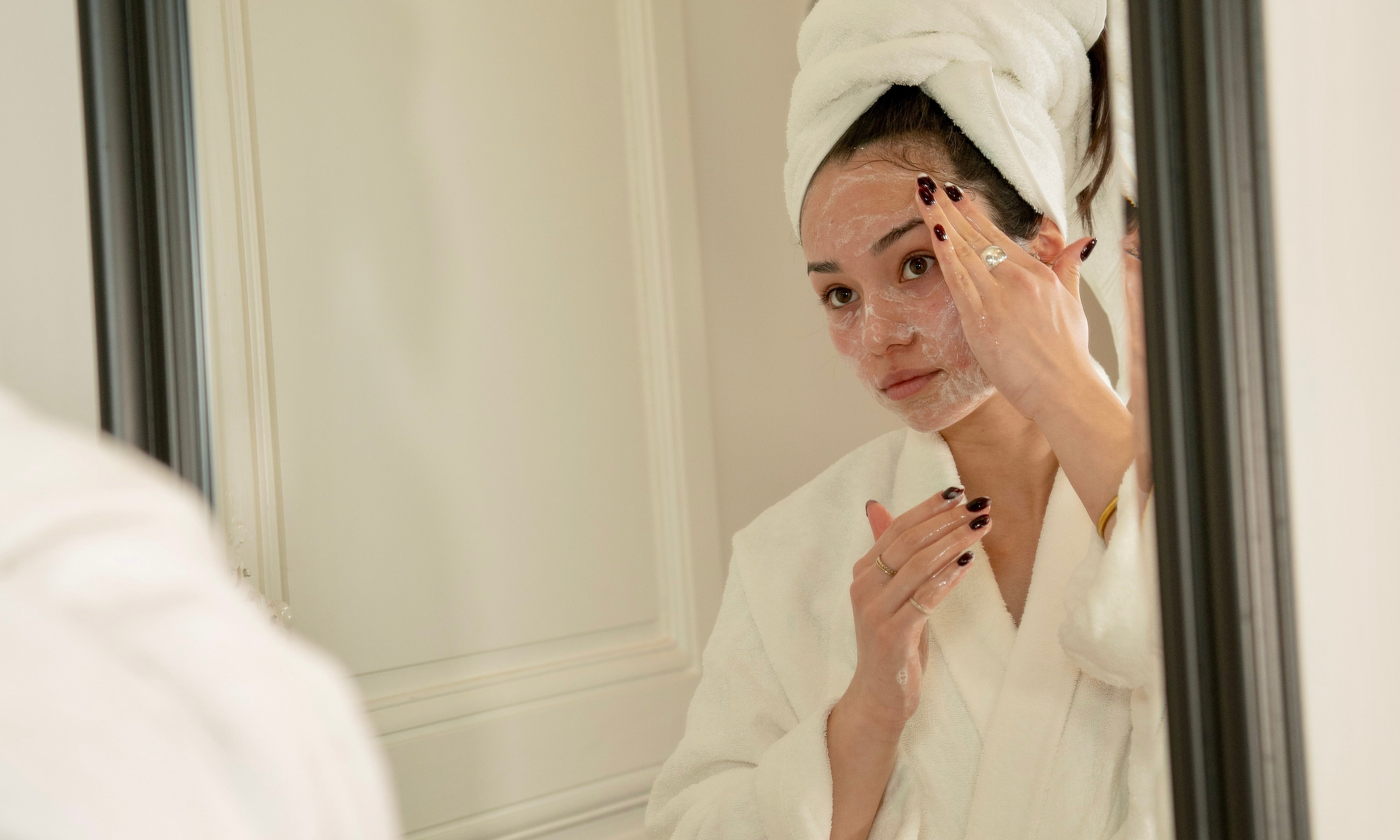Skin cycling has become a staple in skincare routines for its benefits on the skin, balancing the use of powerful actives with rest periods. If you're looking to improve your routine without irritating your skin, skin cycling could be the perfect solution. In this article, we'll explore the technique in detail, how it works, its benefits, and tips for getting started safely.
What is Skin Cycling?
Skin cycling , or skincare cycle , is a method that involves using different types of skincare products over a cycle of several days. The goal is to maximize the benefits of powerful actives, such as retinoids and exfoliants, while reducing the risk of irritation by incorporating recovery days. This skincare cycle, usually structured over four days, respects the skin's natural rhythm and optimizes the effectiveness of the products.
Why is Skin Cycling so Effective?
Some active ingredients, like retinoids or exfoliating acids, can be too intense for daily use. By limiting their use and incorporating rest days, skin cycling allows you to enjoy the benefits of these active ingredients without irritating the skin. This makes this routine particularly beneficial for sensitive skin or skin prone to irritation.
Skin cycling is therefore based on three main principles:
- Effectiveness : Maximize product benefits without overloading the skin.
- Prevention of irritation : Limit the impact of overly powerful active ingredients.
- Natural recovery : Give the skin time to regenerate and strengthen its protective barrier.
How Does Skin Cycling Work? The Steps of the Skincare Cycle
A classic skin cycling cycle lasts four days and is divided into four specific stages:
Day 1: Exfoliation
The first step is to use a chemical exfoliant, such as an alpha hydroxy acid (AHA) or beta hydroxy acid (BHA), to remove dead cells from the surface of the skin. This step helps smooth skin texture, stimulate cell turnover, and prepare the skin for other products.
Tips for Day 1:
- Choose an exfoliant that's right for your skin type (AHAs work well for dry skin, while BHAs are often recommended for oily or acne-prone skin).
- Apply your exfoliant in the evening, avoiding the eye area.
- Then use a gentle moisturizer to soothe the skin.
Day 2: Retinoid Application
Retinoid (like retinol) is a powerful active that stimulates collagen production, accelerates cell turnover, and helps reduce the signs of aging. Applying retinoid on day 2 of the cycle allows the skin to benefit from its benefits on a moderate basis.
Tips for Day 2:
- Apply a small amount of retinoid to dry skin.
- If you have sensitive skin, you may want to apply a light moisturizer before the retinoid to limit the risk of irritation.
- Avoid sun exposure the next day and always wear SPF during the day.
Days 3 and 4: Recovery and Hydration
After two days of using powerful actives, it's time to let the skin rest and recover. These two days are dedicated to hydration and repair, using gentle products, without acids or retinoids.
Tips for Days 3 and 4:
- Opt for a moisturizer rich in soothing agents, such as glycerin, hyaluronic acid or ceramides.
- Avoid scented or potentially irritating products.
- Use a hydrating serum to boost hydration, especially if your skin is dehydrated.
The Benefits of Skin Cycling
-
Reduction of Irritations
Thanks to its controlled cycle, skin cycling minimizes the risk of sensitization and allows sensitive skin to benefit from powerful active ingredients without irritation. -
Improved Texture and Shine
Cell renewal is stimulated, which visibly improves skin texture, reduces imperfections, and gives it a natural glow. -
Better Absorption of Products
By removing dead cells at the start of the cycle, the skin is better prepared to absorb moisturizing and repairing treatments. -
Strengthening the Skin Barrier
Recovery days allow the skin to regenerate, which helps strengthen its protective barrier and limit water loss.
Who is Skin Cycling for?
Skin cycling is suitable for almost all skin types, but it’s especially helpful for those who want to incorporate retinoids or acids into their routine while minimizing side effects. This method is perfect for sensitive skin, skin that’s prone to redness, blemishes, or even for those looking to slow down the signs of aging.
Tips for Successful Skin Cycling
- Start small : If you are new to retinoids or chemical exfoliants, start with a lower concentration and gradually increase.
- Be patient : Skin cycling results usually take a few weeks to appear. Persistence is key!
- Protect yourself from the sun : In the days following exfoliation and retinoid application, apply a broad-spectrum sunscreen every morning to protect your skin.
- Listen to your skin : Every skin reacts differently. If you experience persistent irritation, increase the recovery days.
Mistakes to Avoid
- Using too high concentrations : Beginners should always start with products in moderate concentrations.
- Neglecting Hydration : Recovery days are essential to maintaining the health of your skin.
- Skipping sunscreen : Exfoliators and retinoids make skin more sensitive to UV rays.
Examples of Products for Skin Cycling
- Exfoliants : Choose AHAs (like glycolic acid) or BHAs (like salicylic acid) depending on your skin type.
- Retinoids : Start with mild retinoids (like low-strength retinoids) and adjust based on results.
- Moisturizers for recovery days : Look for creams or serums rich in hyaluronic acid, ceramides, and glycerin.
Skin Cycling, a Routine to Enhance Your Skin
Skin cycling offers a balanced and effective approach to improving skin quality without the risk of overdoing it. By following this cycle, you can enjoy the benefits of powerful actives while allowing your skin to recover. Whether you are a beginner or a skincare expert, skin cycling can transform your skincare routine into a gentler and more effective approach to achieving radiant, healthy skin.

